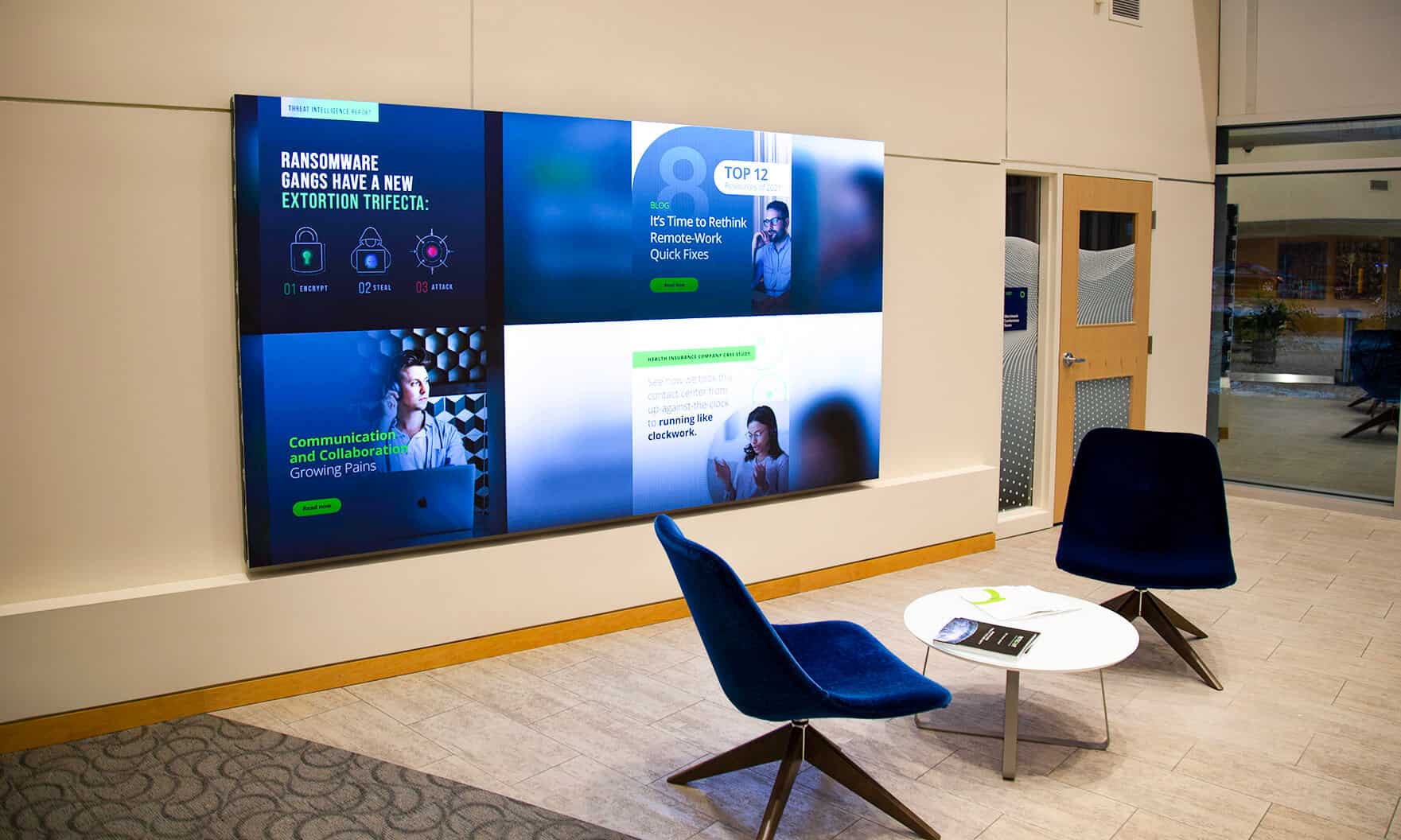The quality of the LED components plays a major role in hue uniformity. Various types of LEDs produce light at different frequencies, which can influence the overall color output. High-quality LEDs are designed to generate a more consistent light range, leading in improved hue precision. Additionally, the production process of these LEDs can impact their functionality. Screens made with superior materials and technology tend to have less hue variations, ensuring that the displayed images and videos look lively and true to reality.

Calibration is another crucial factor in preserving color uniformity in LED wall screens. Tuning involves modifying the configurations of the panel to make certain that the hues displayed align the intended design. This procedure can consist of fine-tuning luminosity, differentiation, and color balance. Frequent calibration is necessary, especially in settings where illumination conditions vary frequently. By tuning the screens, technicians can correct any inconsistencies in hue output, leading to a more consistent observing experience.
Environmental factors also affect color consistency in LED wall screens. Elements such as surrounding light, temperature, and humidity can influence how hues are perceived. For instance, bright ambient light can dull colors, making them look more lively. Similarly, extreme temperatures can affect the functionality of the light-emitting diodes, leading to color changes. To reduce these problems, it is crucial to install LED wall screens in controlled environments where illumination and heat can be controlled efficiently.
Finally, the layout and layout of the LED wall screens can affect color consistency. The arrangement of the panels, as navigate here well as the spacing from which they are viewed, can create variations in color perception. When screens are placed too distant apart or at different angles, viewers may notice inconsistencies in color. To achieve the optimal optical output, it is crucial to take into account the positioning and arrangement of the screens during setup. By addressing these elements, users can guarantee that their light-emitting diode wall screens deliver a consistent and superior optical experience.